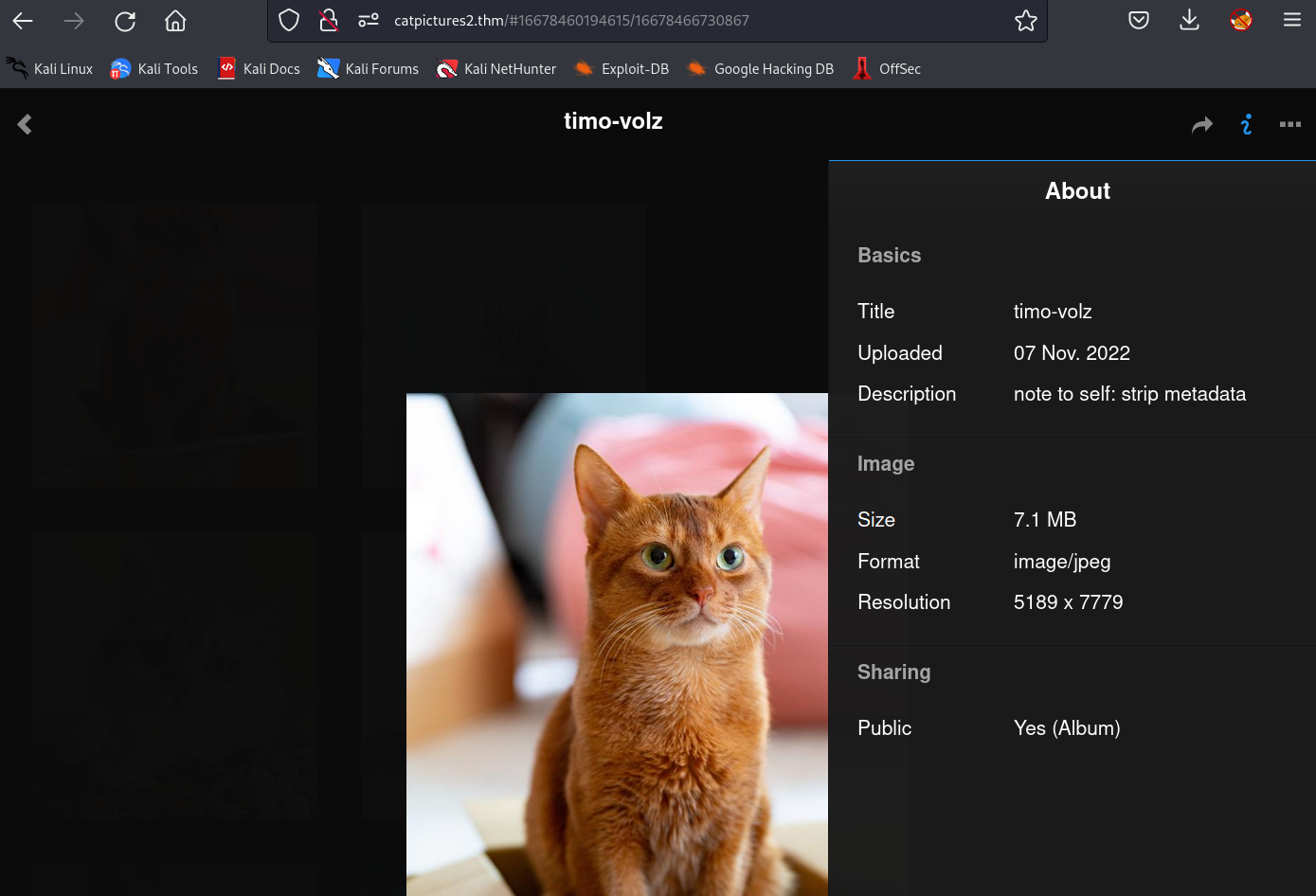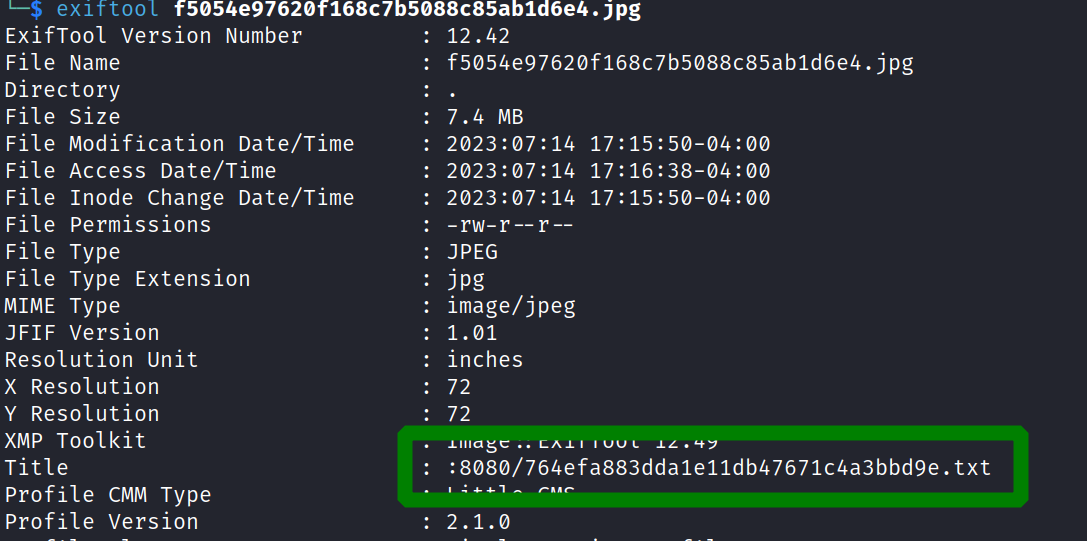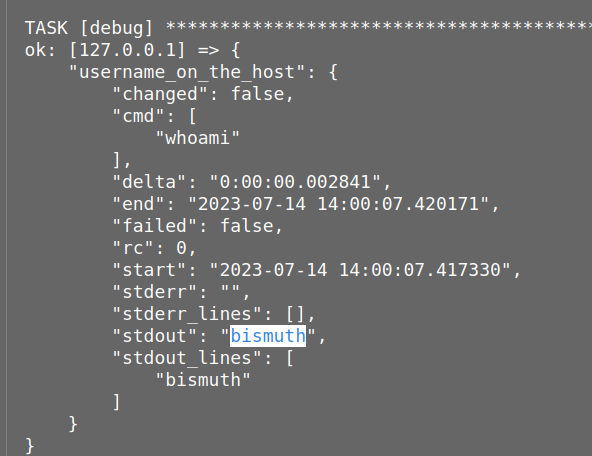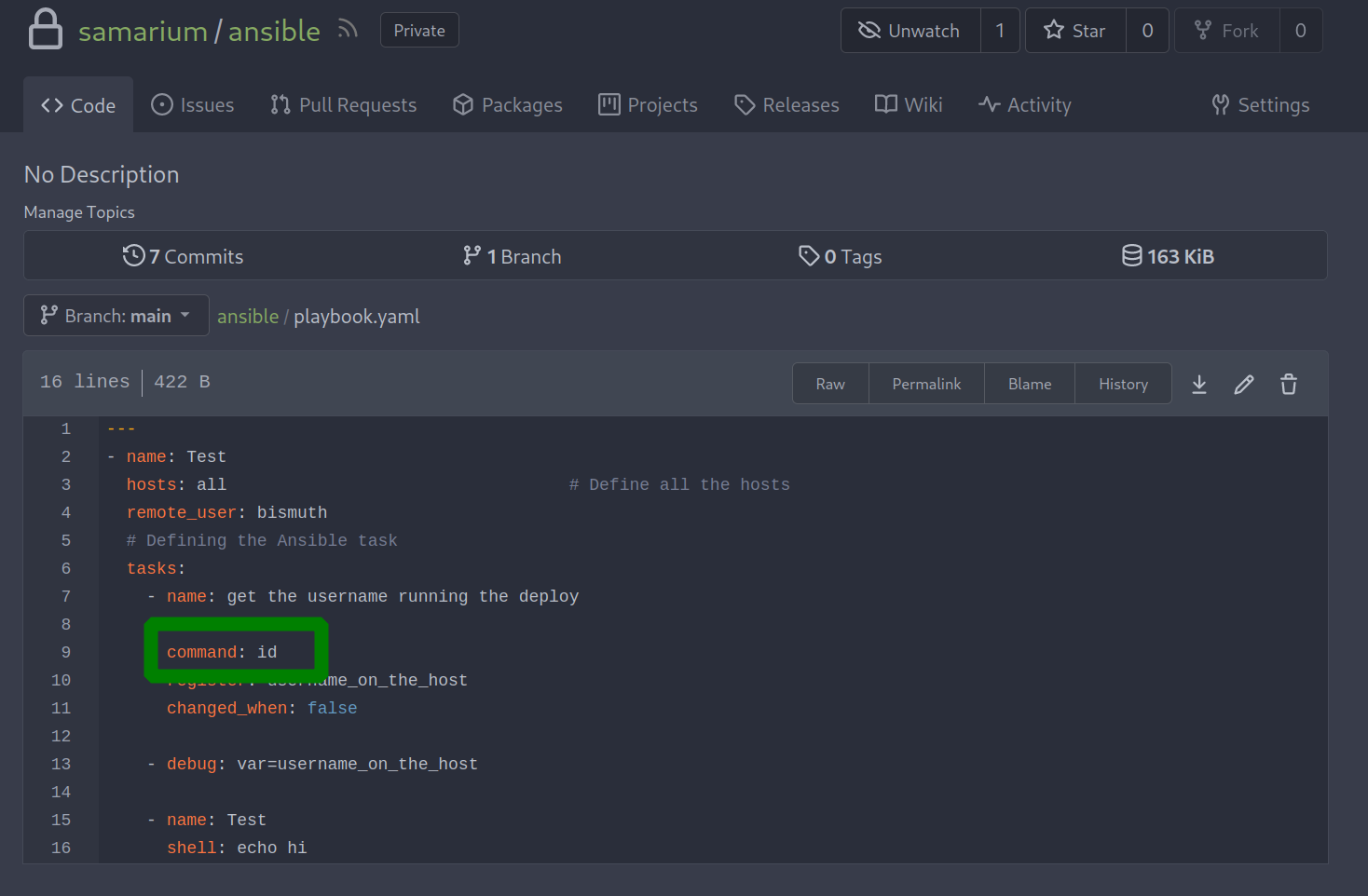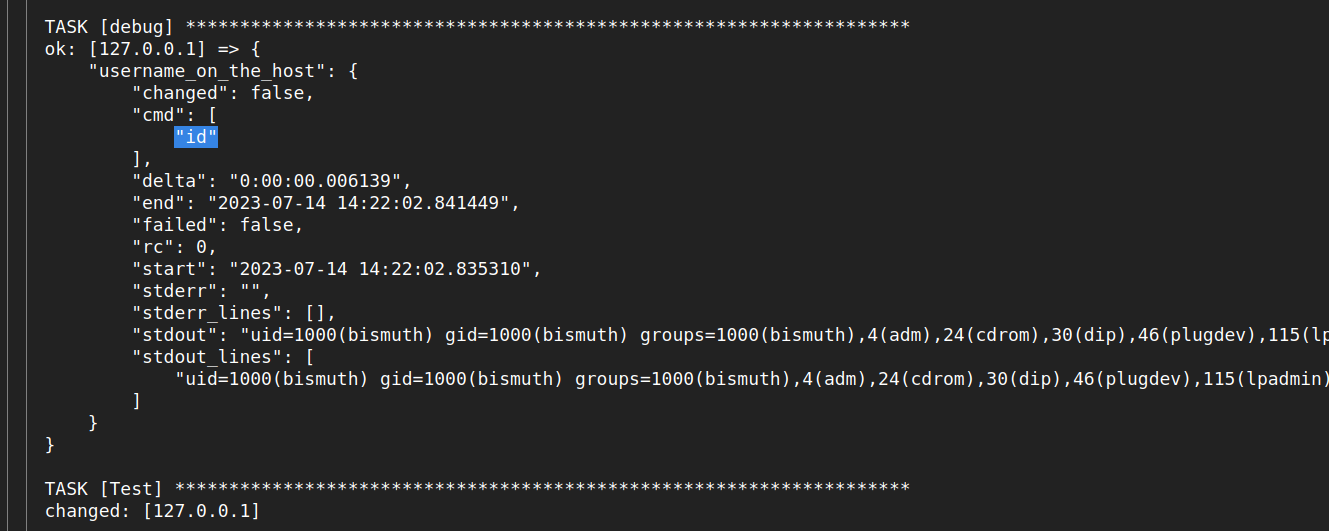THM-CatPictures2
Enumeration
nmap
1
2
3
4
5
6
7
8
9
10
11
12
13
$ sudo nmap -sV -p- catpictures2
Starting Nmap 7.92 (https://nmap.org) at 2023-07-14 16:05 EDT
Nmap scan report for catpictures2 (10.10.203.85)
Host is up (0.037s latency).
rDNS record for 10.10.203.85: catpictures2.thm
PORT STATE SERVICE VERSION
22/tcp open ssh OpenSSH 7.6p1 Ubuntu 4ubuntu0.7 (Ubuntu Linux; protocol 2.0)
80/tcp open http nginx 1.4.6 (Ubuntu)
222/tcp open ssh OpenSSH 9.0 (protocol 2.0)
1337/tcp open waste?
3000/tcp open ppp?
8080/tcp open http SimpleHTTPServer 0.6 (Python 3.6.9)
nmap findings:
- Port 22: OpenSSH Service
- Port 80: Nginx webserver
- Port 222: OpenSSH Service
- Port 1337: Unknown Service
- Port 3000: Unknown Service
- Port 8080: Simple Python webserver
dirbusting
We started by performing dirbusting on the web server running on port 80. During this process, we discovered a git repository.
1
2
3
4
5
6
7
8
9
10
11
12
13
14
15
16
$ ffuf -w `fzf-wordlist` -u http://catpictures2/FUZZ
.git/HEAD [Status: 200, Size: 23, Words: 2, Lines: 2, Duration: 140ms]
.htaccess [Status: 200, Size: 630, Words: 63, Lines: 19, Duration: 152ms]
[Status: 200, Size: 60906, Words: 4711, Lines: 144, Duration: 152ms]
data [Status: 301, Size: 193, Words: 7, Lines: 8, Duration: 37ms]
dist [Status: 301, Size: 193, Words: 7, Lines: 8, Duration: 37ms]
docs [Status: 301, Size: 193, Words: 7, Lines: 8, Duration: 36ms]
favicon.ico [Status: 200, Size: 33412, Words: 62, Lines: 62, Duration: 37ms]
index.html [Status: 200, Size: 60906, Words: 4711, Lines: 144, Duration: 37ms]
LICENSE [Status: 200, Size: 1105, Words: 156, Lines: 22, Duration: 37ms]
php [Status: 301, Size: 193, Words: 7, Lines: 8, Duration: 42ms]
plugins [Status: 301, Size: 193, Words: 7, Lines: 8, Duration: 36ms]
robots.txt [Status: 200, Size: 136, Words: 9, Lines: 8, Duration: 36ms]
src [Status: 301, Size: 193, Words: 7, Lines: 8, Duration: 36ms]
uploads [Status: 301, Size: 193, Words: 7, Lines: 8, Duration: 35ms]
We proceeded to dump the repository using git-dumper. However, we encountered permission restrictions that limited our access, and we didn’t find anything significant.
While browsing through the site, we stumbled upon an interesting description that mentioned “strip metadata.” Intrigued, we downloaded the associated picture and inspected it using exiftool.
The “title” field of the picture revealed a partial URL on port 8080. We downloaded the corresponding file, which contained the following information:
1
2
3
4
5
6
7
8
9
10
11
└─$ cat 764efa883dda1e11db47671c4a3bbd9e.txt
note to self:
I setup an internal gitea instance to start using IaC for this server. It's at a quite basic state, but I'm putting the password here because I will definitely forget.
This file isn't easy to find anyway unless you have the correct URL...
gitea: port 3000
user: samarium
password: TU**********hP
ansible runner (olivetin): port 1337
We obtained credentials for the gitea service on port 3000 and discovered a repository containing configuration files for an ansible runner named olivetin, which could be accessed via the service on port 1337.
Within the repository, we also found the first flag.
The most intriguing discovery was that the ansible runner executed shell commands listed in the configuration file.
We attempted to change the command to id.
To our delight, it worked.
Reverse Shell
Our next step involved obtaining a reverse shell. We initiated a listener and committed the modified configuration file to the repository.
As a result, we gained a shell and found a private key in the .ssh directory.
By adjusting the permissions with chmod 600 ./key.txt and using the ssh command with the key, ssh bismuth@catpictures2 -i key.txt, we successfully accessed the server and acquired the second flag located in the home directory.
Privilege Escalation
We followed our usual procedure and, with the assistance of linpeas.sh, we discovered a vulnerability in the version of sudo installed on the system.
Taking advantage of this vulnerability, we utilized the exploit available at [https://github.com/blasty/CVE-2021-3156]. After cloning the repository to our machine, we transferred the files to the compromised server using a simple Python web server and built the exploit using the make command on the victim’s machine.
Executing the command resulted in gaining root privileges.
In the root directory, we located the third and final flag.
Done [L0]

